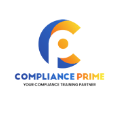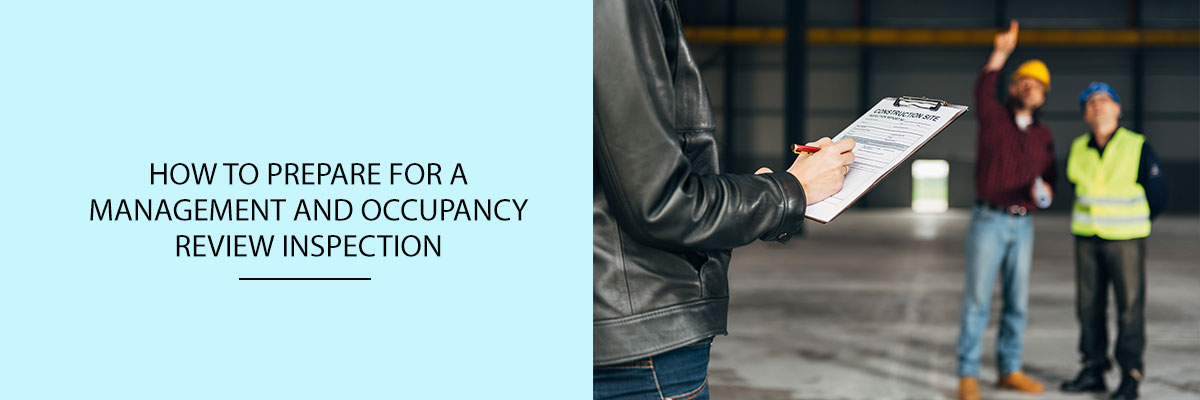The Management and Occupancy Review (MOR) is a task conducted by the U.S. Department of Housing and Urban Development (HUD). When the government funds any private property in the US it directly comes under MOR. The main reason behind MOR is to provide the US population with affordable housing. They maintain the vulnerable population’s housing requirements and protect FHS insurance funds. MOR also provides proper compliance and management with HUD standards and ensures the financial and physical well-being of the properties. A landlord must be more organized with his files and the documents to meet the demands of MOR inspection.
Three Steps in the MOR Process
- The Desk Review: This is an online inspection program that makes the landlord ready for on-site inspection by the HUD. The online site requires the owner to fill in a few columns related to the information of the property.
- The On-site Review: After the desk review comes the time for an on-site review. The HUD reviews the site physically for maintenance-related documents, REAC, recent audits, preventive maintenance plan and several other documents like capital improvement plan, resident application and other occupancy materials. Remember, to keep the important MOR documents handy before the on-site inspection.
- The Summary Report: The HUD reviewer rates all the categories that he has checked into two categories A (acceptable) or C (corrective action required). This report ensures that there is no error or omission in reviewing the property and corrective measures shall be taken on time.
Tips for Owners to Prepare for a MOR
- The owner must know what he must expect by reviewing the process and procedures by MOR. In simple terms, he must know the reason for the MOR process.
- He must note any deficiency in his property or documentation and get it corrected before the MOR starts.
- The owner must start collecting the documents after learning about the MOR appointment date. He must keep all the documents necessary in one place in a file.
- He must prioritize each deliverable and count backward the time he will need for accomplishing the deliverables.
- He must maintain a calendar on which he must mark the milestone that he will have to reach to complete the report properly and adequately.
- When the owner meets any inevitable interruptions while accomplishing the process he must return to his calendar, reprioritize the deliverables and get on the track as soon as possible.
If an owner stays organized for the future MOR, he shall experience less anxiety, have higher confidence, and shall be prepared before the MOR inspection day comes.



Conclusion
When the property of an owner comes under MOR inspection, then the entire process is inevitable. Therefore, it is always beneficial for the owner to stay prepared beforehand and stay away from the last minute hustle and bustle. Moreover, the entire process of MOR is not so challenging once the proper documentations are ready. An owner must work proactively to reduce any issue or future problems. Therefore, he must consider the tips given above and abide by them.

